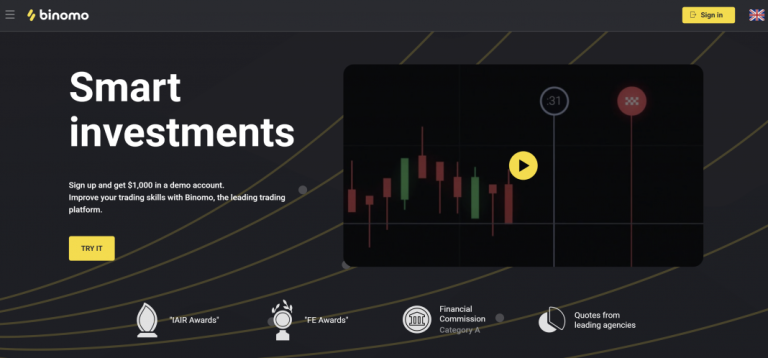Private vs. Public Instagram Accounts: What’s the Big Deal?

Instagram has become more than just a platform for sharing selfies and sunsets. It’s a digital persona, a portfolio, a playground, and sometimes even a paycheck. One of the first choices any user faces—whether they’re a curious lurker or an aspiring influencer—is this: should your Instagram account be private or public? That one little toggle in your settings carries more weight than it seems. The private vs. public Instagram accounts debate isn’t just a matter of visibility; it’s about identity, purpose, and how you want to interact with the digital world.
The decision might feel trivial at first glance, but once you dig into the nuances, you’ll see there’s a lot riding on whether you keep your profile wide open or locked down.
The Privacy Vibe: Safe, But Sheltered
Let’s talk about private accounts first. These are the digital equivalent of VIP sections. No one gets a peek unless you give them the green light. Everything—from your posts to your stories to your followers list—is tucked away behind a gate.
For some users, this setup is perfect. If you’re someone who uses Instagram just for personal connections, or if you value control over who sees your life updates, a private account gives you that tight bubble of privacy. It limits exposure and provides a filter for who can engage with your content. Your posts aren’t being served to strangers on the Explore page, nor are they being indexed by search engines.
What’s the trade-off? Growth, mainly. Instagram private accounts aren’t designed for reach. If you’re trying to grow a following, build a brand, or even get noticed by someone outside your circle, privacy becomes your biggest obstacle. You might create killer content, but unless you accept follow requests left and right, no one will ever see it.
Going Public: Exposure on Tap
Now on to public accounts. This is where the party’s at. Anyone can view your posts, follow you, comment, and share your content. You become part of the greater Instagram ecosystem. That means algorithmic advantages, more exposure, and potential virality. If you’re using Instagram for business, influence, or community building, public is usually the way to go.
You’ll start showing up in hashtag searches. People can stumble onto your Reels or explore your carousel posts. More eyeballs, more chances to connect. I once switched a side project’s account from private to public and saw engagement shoot up by over 300% in two weeks—it was like opening the floodgates.
But here’s the downside: anyone can see you. That includes spammers, bots, creepy exes, nosy coworkers, and the occasional comment troll. You’ll need thicker skin and a proactive approach to moderation. Tools like comment filtering, keyword blocking, and activity limits become your best friends.
The Influence Factor
Let’s say you’re trying to become an influencer—or at least carve out a niche. In that case, staying private isn’t just counterproductive, it’s self-sabotage. Sponsors, collaborators, and potential followers want to see what you’re about before they hit “follow” or slide into your DMs. If your page is locked, it’s like putting a storefront in the middle of the desert with no sign.
Public Instagram accounts let you showcase your brand. That includes not just the curated grid, but also Highlights, pinned posts, and those viral Reels you hope will snowball into a following. Private accounts just can’t compete with that kind of marketing leverage.
Control vs. Connection
At its core, the private vs. public Instagram accounts decision boils down to a question of control versus connection. Do you want to carefully manage who interacts with your content, or do you want to open yourself up to a broader audience?
For younger users, families, or anyone who posts a lot of personal content, private often feels like the safer bet. For creators, business owners, and networkers, public profiles create way more opportunities for reach, engagement, and growth.
Still, curiosity around private profiles is real. If you’ve ever wondered how to see a private account on Instagram without crossing any lines, there are legit ways to understand what’s publicly visible and how privacy boundaries work on the platform. And that’s exactly the point—privacy isn’t just about switching your account status; it’s about the choices you make within any setting.
Of course, nothing’s black and white. You can curate your content even on a public account. Avoid geotagging your home, skip posting family moments if you want, and use Close Friends for stories when things get too personal. I’ve done this myself—kept the page public but kept my private life private.
Algorithm Love Favors Public Accounts
The Instagram algorithm is hungry, and it loves public content. From Reels to carousel posts to Stories that get shared, the more interaction your content gets, the more the algorithm pushes it out. If your profile is private, your post is dead on arrival for algorithmic discovery. No one outside your accepted followers will engage with it, and your chance at virality? Zero.
Public accounts, on the other hand, get featured on Explore pages, show up in hashtag feeds, and even get indexed on Google if optimized right. The reach potential is exponential. You’re not just publishing to your followers—you’re broadcasting to the platform.
That said, you don’t need to be dancing or doing skits to win the algorithm’s favor. Even thoughtful, static posts or aesthetic lifestyle images can go far if they’re public, and the content hits the right note.
The Hybrid Approach: Best of Both Worlds?
Not everyone wants to commit fully to either camp. Some users run two accounts—one public, one private. The public one serves as a portfolio or brand front, while the private one is where the real friends hang out. This lets you keep personal updates close to the chest while still tapping into the Instagram growth machine.
It takes a little more effort to manage two accounts, but with today’s social-savvy generation, many people are already juggling multiple profiles. The hybrid approach works especially well for creatives, entrepreneurs, or anyone living a public-facing life who still wants a quiet corner online.
FAQs
Can I switch back and forth between private and public without penalty?
Yes, you can switch anytime. However, frequent toggling may confuse your audience and might affect reach temporarily. Instagram doesn’t penalize the switch, but it resets some visibility in Explore and hashtag feeds when going from private to public.
Does a public account mean everyone can DM me?
Not quite. Public accounts allow anyone to send a DM, but you still control whether to accept or ignore message requests. You can also restrict who can reply to your stories and tag you in posts.
Is it possible to grow as a creator with a private Instagram account?
Technically, yes—but it’s incredibly hard. Private accounts don’t allow discovery, which means you’ll rely solely on people finding you through shares or word of mouth. Going public opens the door to organic growth and algorithmic momentum.





